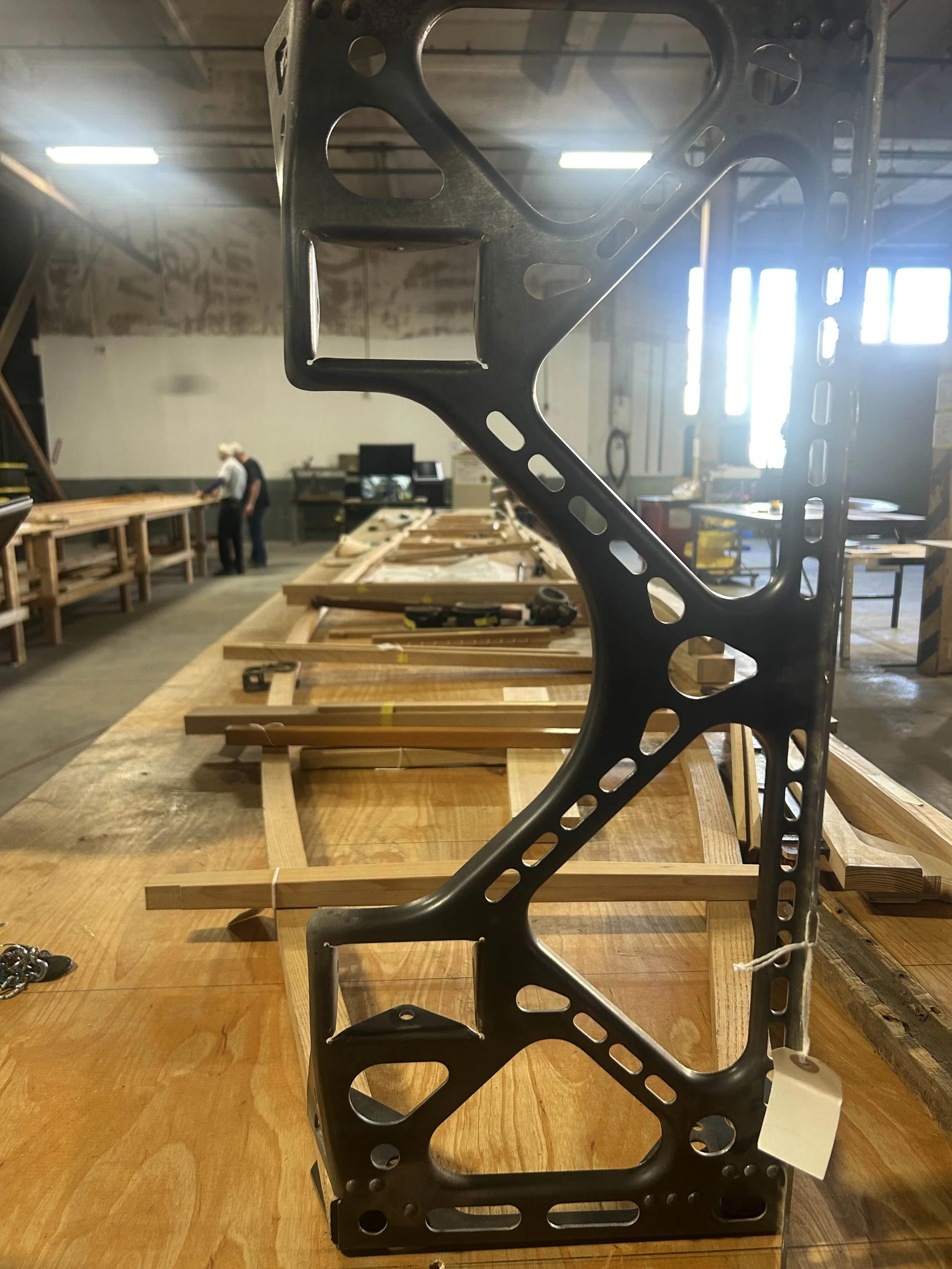
Rebuilding the Jenny JN-4D: UCI FLAM
My position as a lead fuselage engineer in a restoration project for one of the most memorable World War I aircrafts, the Curtiss JN “Jenny" is something I have taken up to honor veterans in the aviation industry and my family, as well as gain more hands-on experience with constructing aircraft. I’m deeply grateful to work with Dr. Glenn Roquemore, ensuring Jenny's legacy lives for display at the Flying Leathernecks Aviation Museum as a repayment to pilots like him for their generosity to the aviation and aerospace community.
We aim to achieve these milestones on the fuselage team, as I am currently working towards detailing parts inventory, assembling components we have and CADing ones we need, determining structural and hanging requirements for the body of the plane, and scanning/fabricating landing gear.
-
When we received drawings for the Jenny, there were hundreds of fuselage ones, from the tail skids, brackets, to the gauges in the cockpit.
I spent a thorough amount of time documenting a bill of materials with my team and ensuring that all drawings and their numbers were sorted properly before any building was done. Canadian and American versions of the Jenny were scattered, so I also had to decipher between those.
-
Lots of old parts were received from the staff, so I referenced the assembly drawings we had and got to work.
I labeled brackets and other parts with their respective dashes to maintain organization.
We used the distances in the mid-structure assembly drawing to mark stations 1-12 on our work table, so that we could keep track of what station each part in the drawing belonged.
I completed drilling, deburring, and measuring requirements to dry fit half of the main body of the plane. Shout out to the FLAM veterans and students who helped along the way!
-
I am currently transitioning into the stage of 3D modeling missing wooden components and woodworking them in the shop at the Flying Leatherneck Hangar, utilitizing the band saw and sandblaster to prepare fabrication of the parts.
The turtleback of the plane, the top supports that allow the arch towards the back to take their shape, is visualized below.








